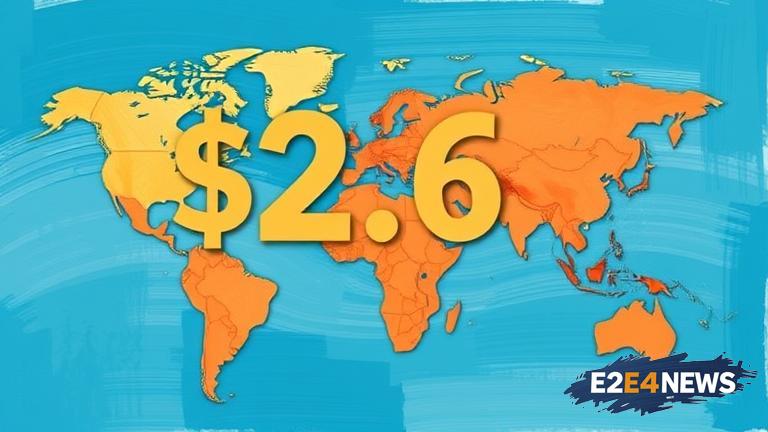The global dealmaking landscape has witnessed a significant surge, with the total value of mergers and acquisitions reaching $2.6 trillion in the first half of the year. This represents a substantial increase from the same period last year, with experts attributing the growth to a combination of factors, including low interest rates, abundant liquidity, and a strong appetite for strategic acquisitions. The technology sector has been a major driver of this growth, with several high-profile deals announced in recent months. The rise of digital transformation has created new opportunities for companies to expand their offerings and reach new customers, leading to a wave of consolidation in the industry. Meanwhile, the healthcare sector has also seen significant activity, with pharmaceutical companies and medical device manufacturers seeking to expand their product portfolios and improve their competitive positioning. The energy sector has also been active, with companies looking to diversify their operations and reduce their reliance on fossil fuels. In terms of regional activity, the United States has been the most active market, with several large deals announced in recent months. Europe has also seen significant activity, with companies seeking to expand their operations and improve their competitiveness. The Asia-Pacific region has also been active, with companies in China, Japan, and South Korea seeking to expand their global reach. Despite the positive trends, some experts have expressed caution about the potential risks associated with the current dealmaking environment. The high valuations of many companies have raised concerns about the potential for overpayment, while the increasing complexity of many deals has created new challenges for regulators and investors. Nevertheless, the outlook for global dealmaking remains positive, with many experts predicting that the current trend will continue in the coming months. The growth of the global economy, combined with the increasing demand for strategic acquisitions, is expected to drive further activity in the mergers and acquisitions market. As companies continue to seek new opportunities for growth and expansion, the dealmaking landscape is likely to remain dynamic and fast-paced. With the rise of new technologies and the increasing importance of digital transformation, companies will need to be agile and adaptable in order to remain competitive. The current trend towards consolidation is expected to continue, with companies seeking to expand their offerings and improve their competitive positioning. In conclusion, the global dealmaking landscape has reached new heights, with mergers and acquisitions totaling over $2.6 trillion in the first half of the year. The technology, healthcare, and energy sectors have been major drivers of this growth, with companies seeking to expand their operations and improve their competitiveness. While some experts have expressed caution about the potential risks associated with the current dealmaking environment, the outlook for global dealmaking remains positive, with many experts predicting that the current trend will continue in the coming months.
